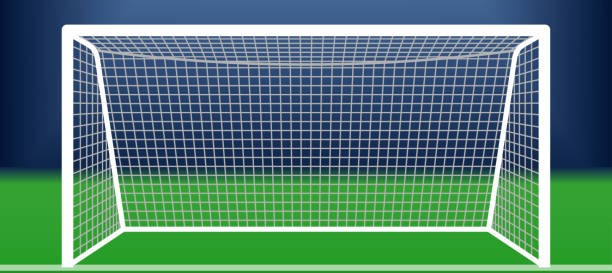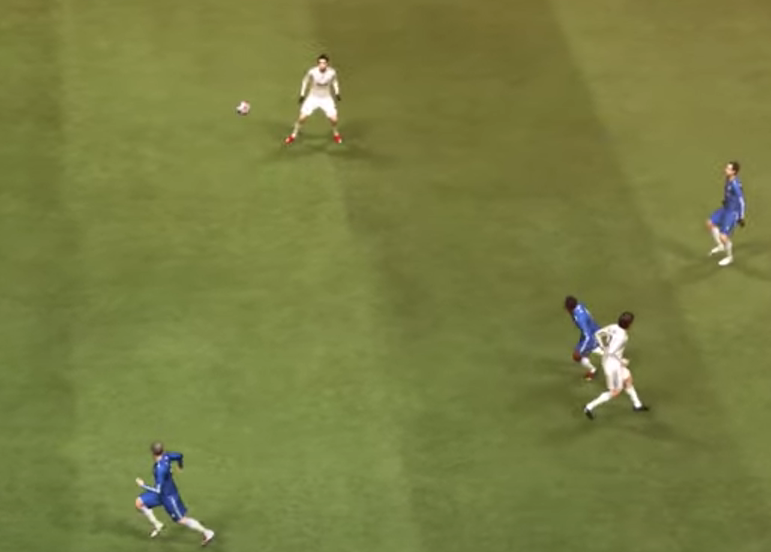













HIGH PASS.

The high pass or lofted pass in football is a technique used to deliver the ball over a distance with height,
allowing it to clear defenders and reach teammates in open spaces. This type of pass can be particularly effective in creating
scoring opportunities, switching play, or bypassing defensive lines. Here’s a detailed explanation of the high pass, including
its delivery, types, and applications:
Types of High Passes:
- ▫ LOFTED PASS: A high pass aimed at a teammate, usually played to avoid defenders. This can be used for both short and long distances.
- ▫ CROSS: A specific type of lofted pass delivered from wide areas into the penalty box, typically aimed at strikers or attacking players.
- ▫ CHIP PASS: A gentle lofted pass that lands softly in front of a teammate, allowing them to control it easily.
Delivery of a High Pass:
- FOOT PLACEMENT:
▫ USING THE LACES: Strike the ball with the laces (top) of your foot for more power and distance, generating height with the
correct angle.
▫ INSIDE OF THE FOOT: For a more controlled lofted pass, use the inside of your foot while ensuring the ball is struck at the right
point to lift it.
- BODY POSITION:
▫ APPROACH: Approach the ball at an angle that allows you to strike it cleanly while maintaining balance.
▫ NON-KICKING FOOT: Position your non-kicking foot beside the ball to guide your shot and stabilize your body.
- STRIKING THE BALL:
▫ CONTACT POINT: For a lofted pass, make contact with the lower half of the ball to lift it into the air.
▫ FOLLOW-THROUGH: A high follow-through will help ensure the ball rises and travels the desired distance.
Benefits of a High Pass:
- ▫ CLEARING DEFENDERS: A high pass can easily bypass defenders, making it useful when they are tightly marking attackers.
- ▫ CREATING SPACE: Lofted passes can help spread the defense, pulling players out of position and creating gaps for attacking runs.
- ▫ SWITCHING PLAY: High passes are effective for switching play from one side of the field to the other, helping teams exploit
weaknesses in the opponent's formation.
Situational Awareness:
- ▫ READING THE GAME: Assessing the positioning of teammates and defenders helps determine when to use a lofted pass effectively.
- ▫ TIMING AND ANGLE: Delivering a high pass requires good timing and an understanding of the space where the teammate will run.
Practice Drills:
- ▫ PARTNER DRILLS: Practice lofted passes with a partner, focusing on accuracy and distance from different angles.
- ▫ CROSSING DRILLS: Work on delivering crosses from the wings into a designated area in the box.
- ▫ SMALL-SIDED GAMES: Engage in small-sided matches where players are encouraged to use high passes to develop comfort and effectiveness
under pressure.
Using Both Feet:
- ▫ VERSATILITY: Practice lofted passes with both feet to become a more well-rounded player. This allows for greater flexibility in
game situations.
Summary: The high pass or lofted pass is a vital skill in football that can create significant advantages in attacking play. By mastering
the technique and understanding when to apply it, players can effectively bypass defenses, create scoring opportunities, and maintain
control of the game. Whether used for a simple pass or a strategic cross into the penalty area, the lofted pass is an essential tool
in a player's passing arsenal.




























